Have you ever felt torn between conflicting parts of your personality? Are you searching for a way to unify with yourself and achieve a state of inner peace? The renowned Swiss psychologist Carl Jung believed this to be the supreme goal of human existence, calling this journey Individuation
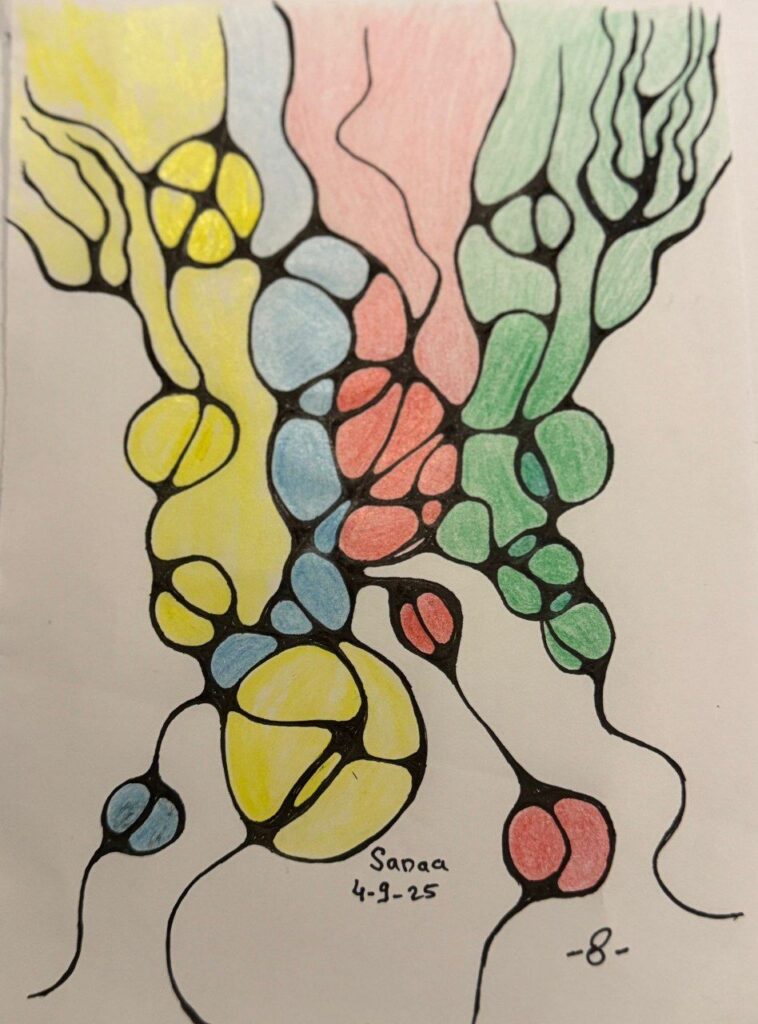
Jung stated that this journey requires you to confront the darker aspects of your personality (the Shadow), reconcile internal contradictions, and shed social masks. But the question arises: how can this profound philosophy be transformed into a practical experience?
This is where Neurographic Art comes in. Founded by Russian architect and psychologist Pavel Piskarev, this therapeutic art form can be the tool that translates Jung’s ideas into lines and colors on paper, aiding you on your journey towards your complete self
How Does Neurographic Art Help You Achieve Individuation
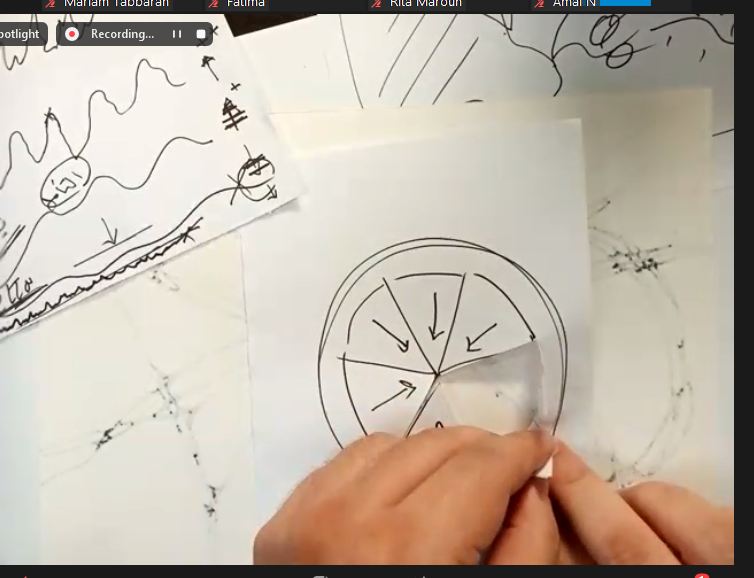
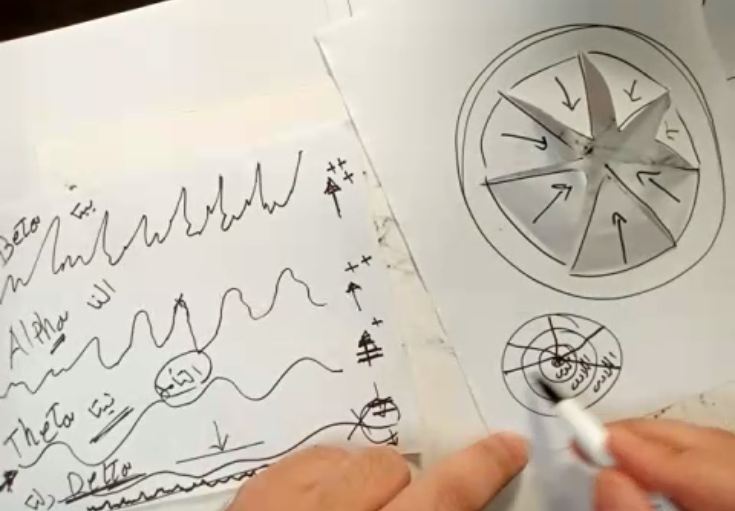
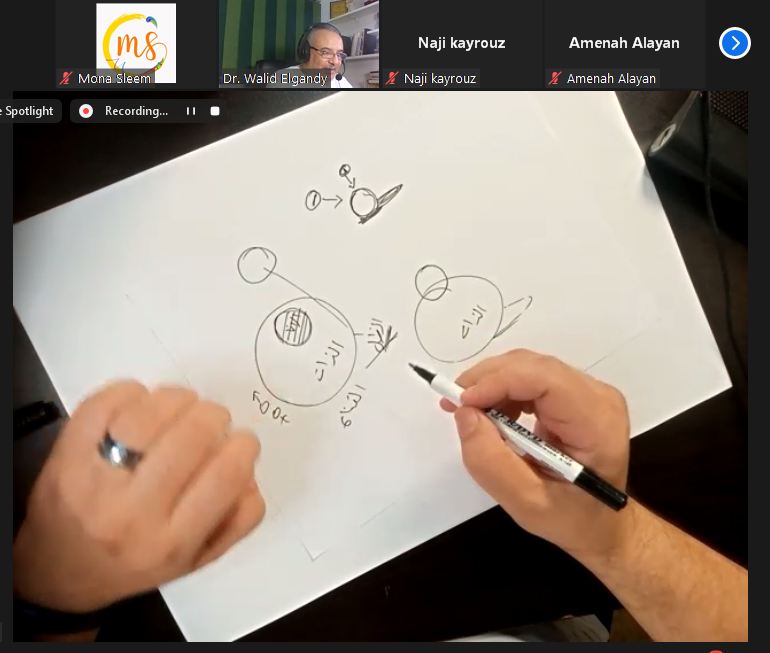
Neurographic Art aligns perfectly with the fundamental stages Jung outlined for self-realization
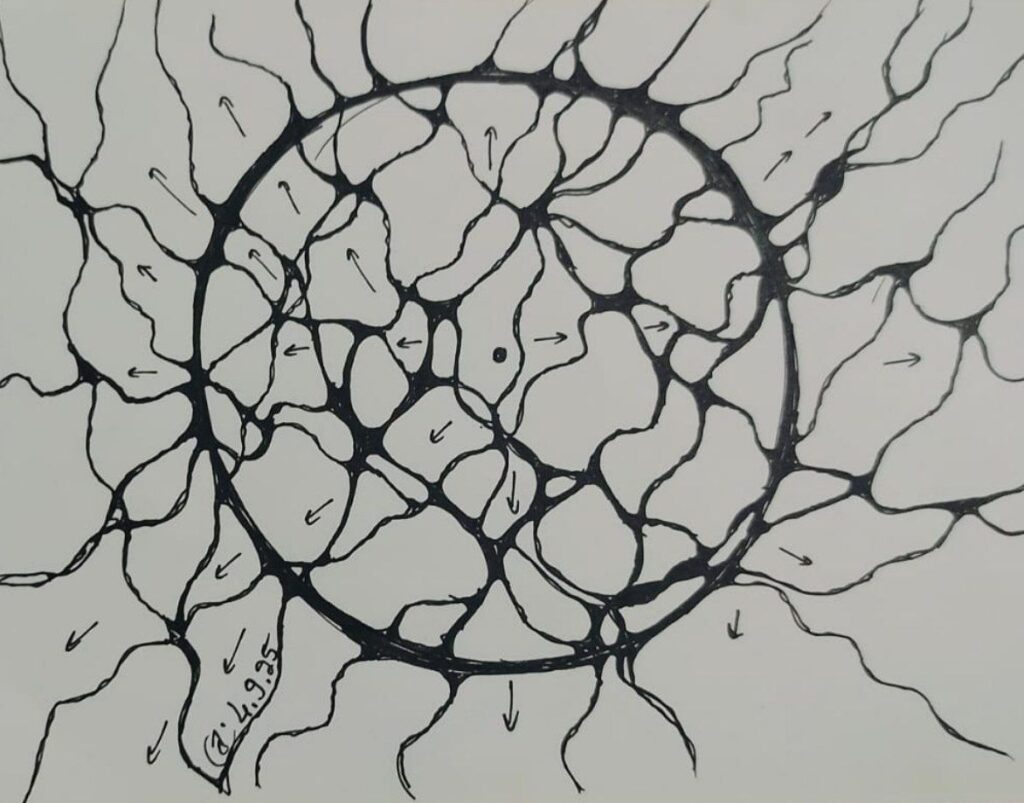
Confronting Inner Chaos (The Shadow)
Jung believed the first step is to acknowledge your inner chaos. In Neurographic Art, you begin by drawing random and irregular lines. These lines are a direct reflection of the conflicts and tangled thoughts within your mind, and putting them on paper represents a process of releasing and discharging this tension
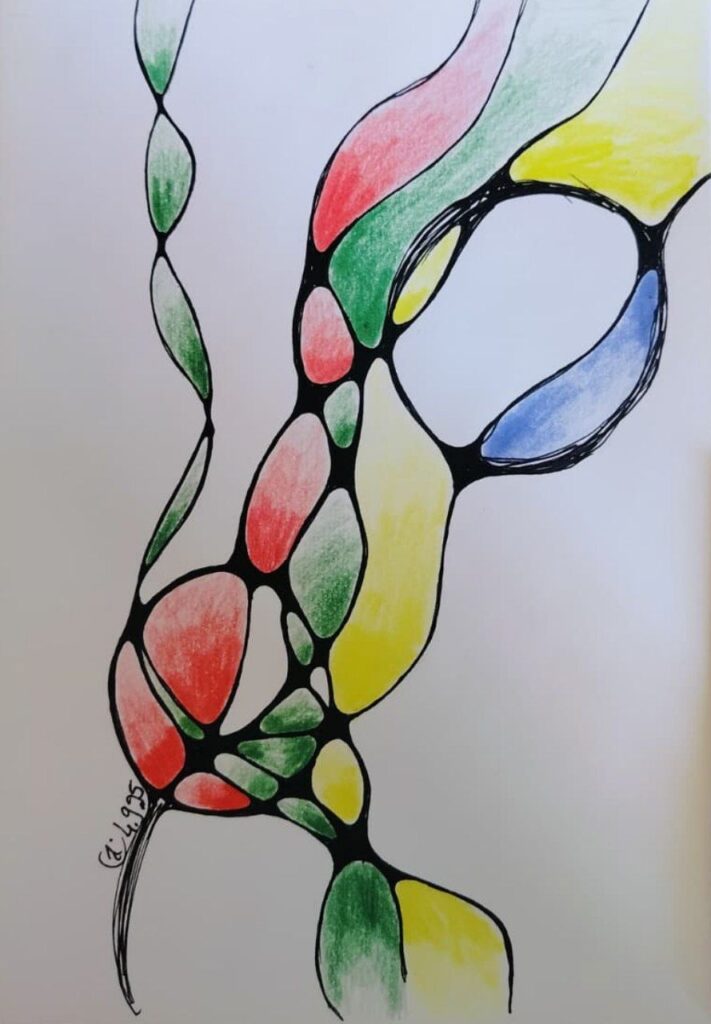
Unifying Contradictions (Circles)
The journey of individuation is a journey of unifying opposites. In Neurographic Art, each circle represents an aspect of yourself or a specific idea. As these circles overlap and intertwine, they symbolize the process of integrating these conflicting aspects. This artistic process helps your mind find solutions to its inner problems by merging them into a single harmonious form
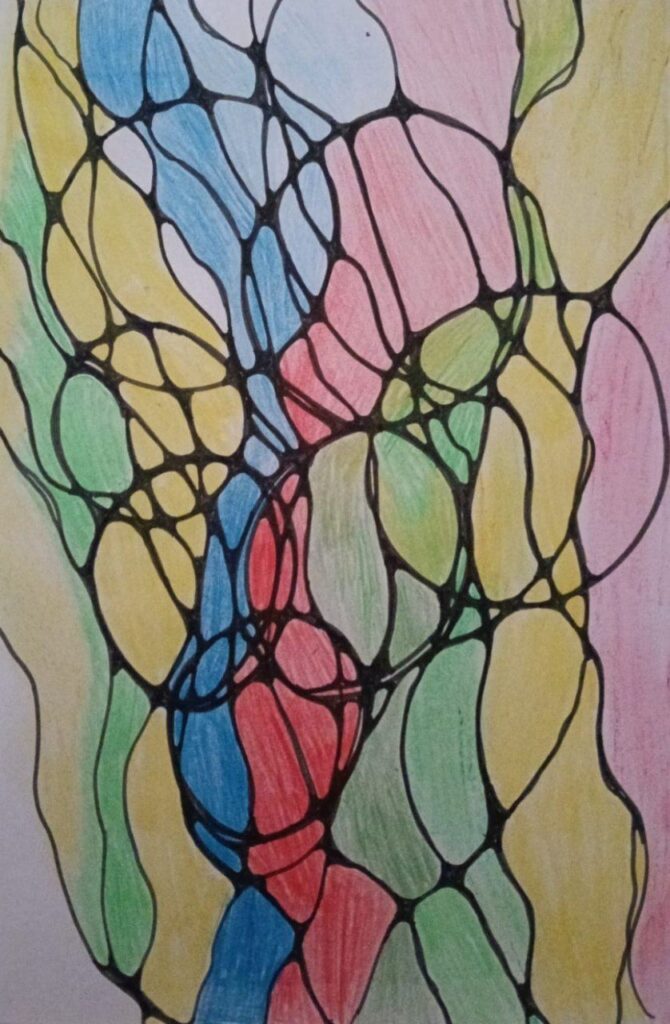
Creating New Pathways (Transformation)
Piskarev believed that the non-repeating, curvilinear lines you draw represent new neural pathways in your brain. This aligns perfectly with Jung’s idea of needing to break free from old, limited behavioral patterns. By drawing these new pathways, you are literally changing your way of thinking on a biological level, which facilitates personal transformation
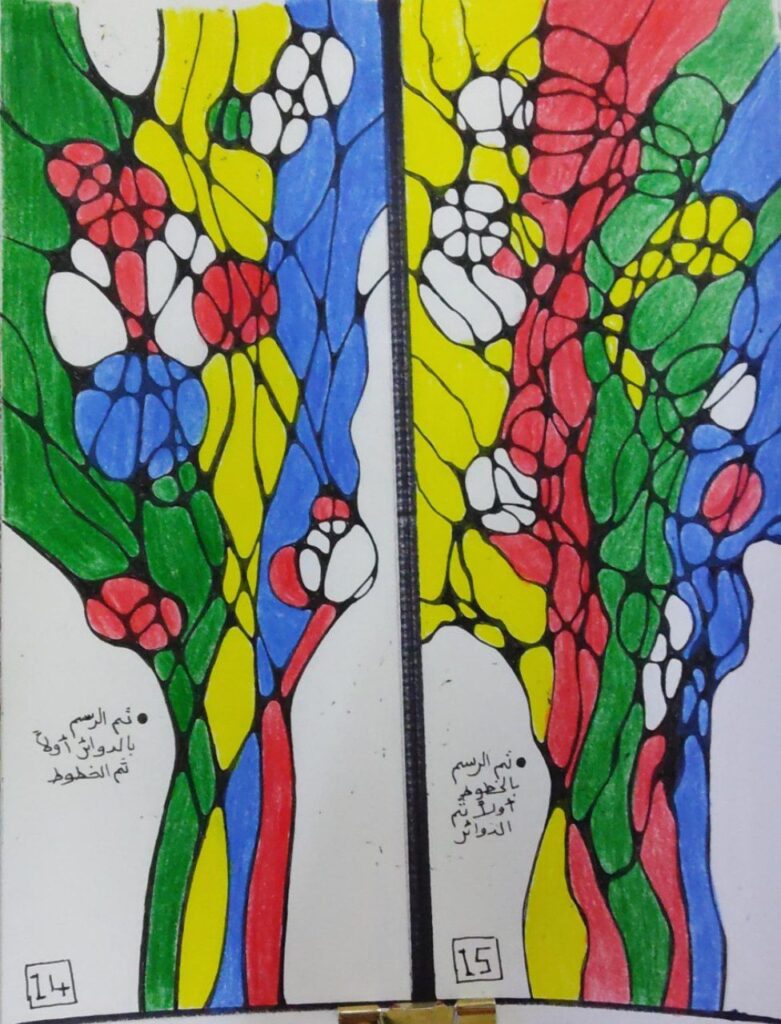
Reaching the Complete Self (Completion)
The ultimate goal of the journey is to reach the complete Self. In Neurographic Art, the final shape of the drawing reflects this state of completion. After smoothing out sharp angles and integrating all shapes into a unified piece, the drawing becomes a personal “mandala” reflecting a state of calm, harmony, and wholeness. It is not merely a painting, but a tangible reflection of the complete state of being you have achieved
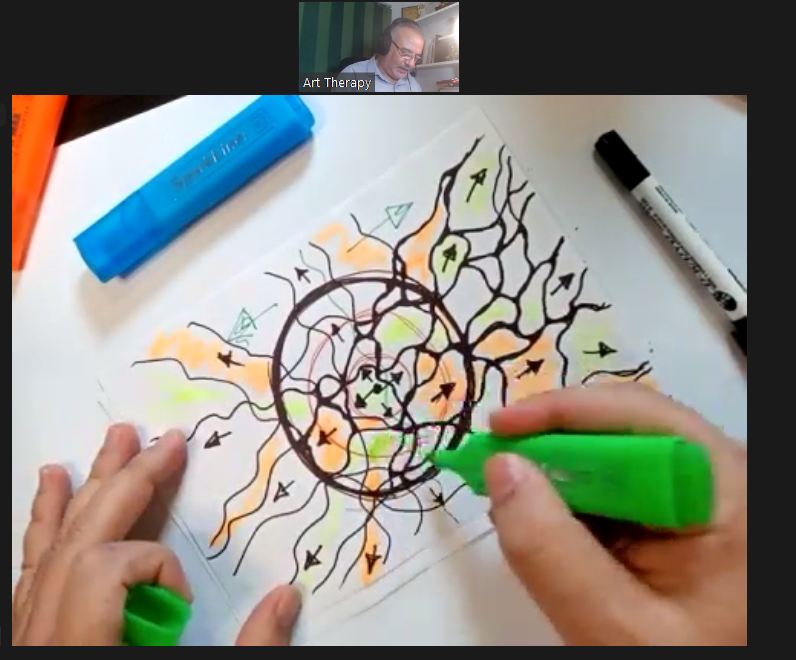
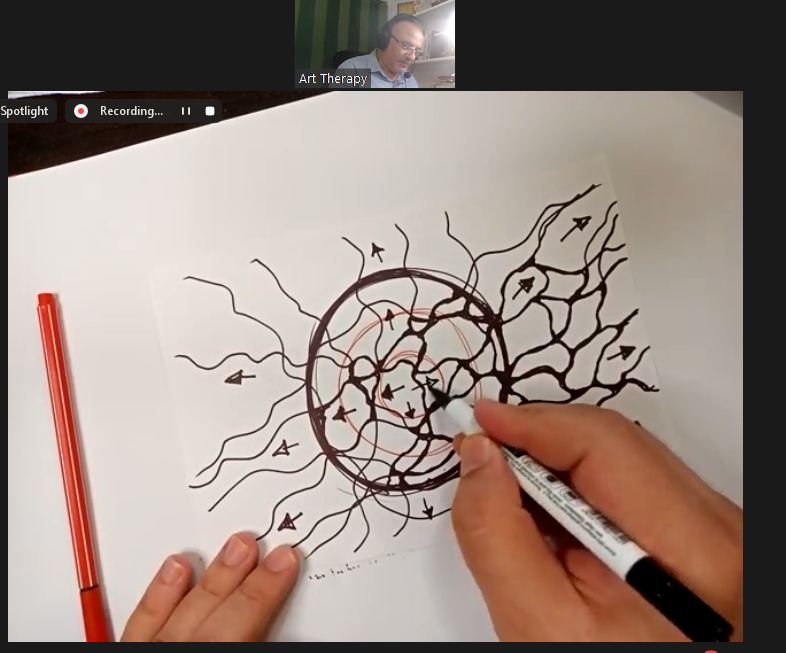
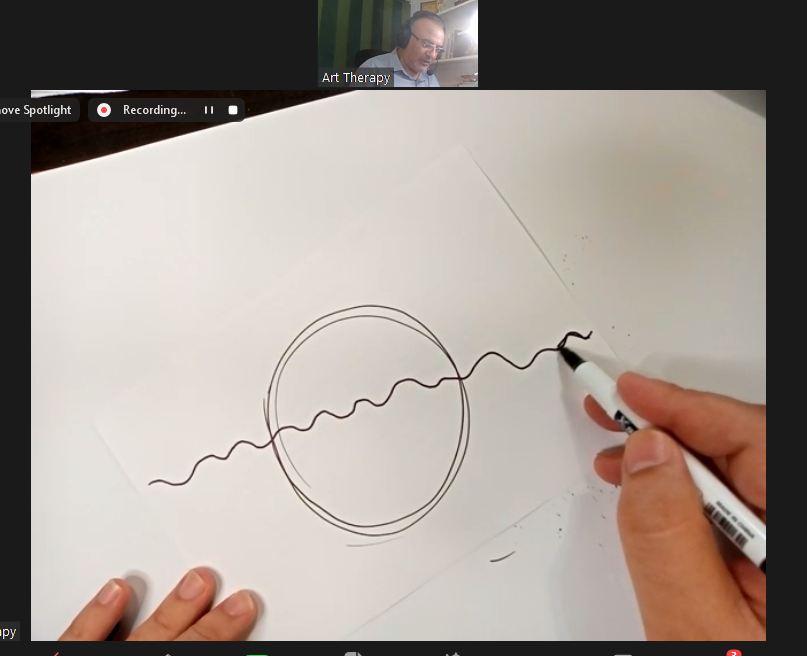
Overview Neurographic Art assists you on the journey of self-discovery that Jung spoke of. It allows you to transform complex philosophical ideas into a creative experience, where, through every line and circle, you can redraw yourself and reach a state of balance and completeness
Note Regarding Images Supporting This Article The images accompanying this article are live snapshots and illustrative drawings from the works and research of participants in the Neurographic Art Therapy Program. These images were captured directly during online training sessions, supervised and presented by Dr. Walid El Gandy. These visuals reflect the practical and direct application of the concepts discussed in the article, offering real-world examples of Neurographic Art’s impact on the journey of individuation and personal transformation
